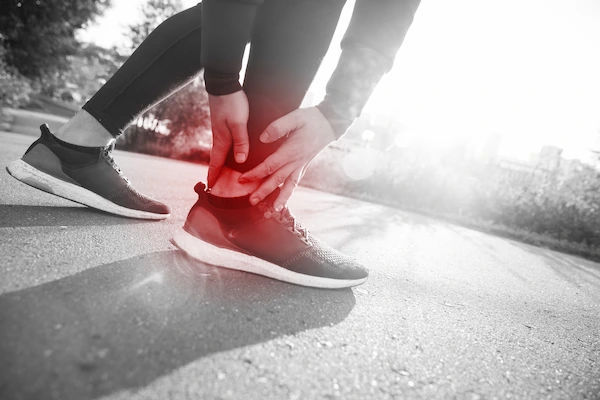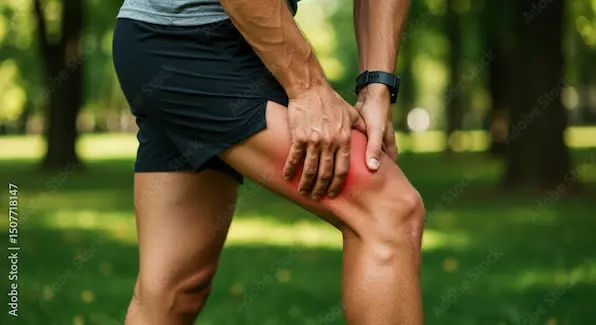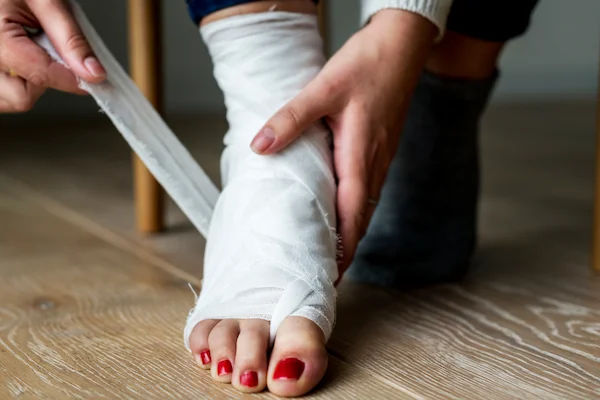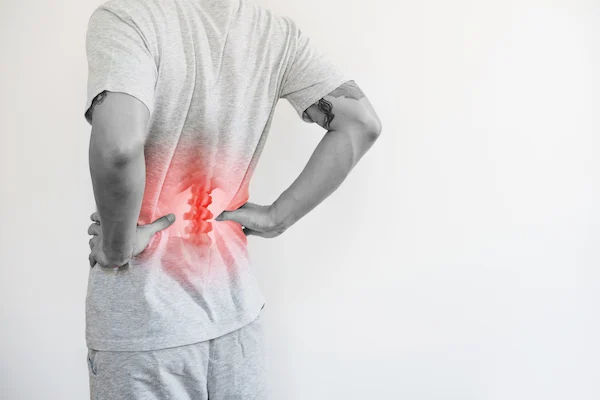- Male
- 30 Years
- 14/08/2025
It's been 15 days since my complete ACL reconstruction surgery done through orthoscopy - how do I know if my recovery is on track and what should I be careful about at this stage
Answered by 1 Apollo Doctors
Mild pain, swelling, and stiffness are common at 2 weeks—follow physio and avoid weight-bearing stress.
Dr. Dhankecha Suggests...
Consult a Orthopaedician
Answered 14/08/2025
0
0

More Orthopaedics Health Queries
View allI'm really curious about the process of using microfracture on the shin bone to increase height. Can you tell me how effective this is? Also, how long would it typically take to grow about 1cm using this method? I'm eager to know what to expect.
Possible Causes_ 1. _Pimple or acne_: A pimple on the breast can cause a bump, and the white layer on top might be a pustule. 2. _Blocked milk duct_: If the bump is near the nipple, it could be a blocked milk duct, which can cause a lump or bump. 3. _Breast abscess_: Although rare, a breast abscess can cause a painful lump, but in this case, your wife mentioned it doesn't hurt. 4. _Other skin conditions_: Other skin conditions like eczema, psoriasis, or keratosis pilaris can also cause bumps on the breast. _Concerns and Next Steps_ 1. _Bleeding_: The presence of blood is a concern and requires medical attention. 2. _Infection risk_: The broken skin and bleeding increase the risk of infection. 3. _Consult a doctor_: Schedule an appointment with a healthcare professional, preferably a dermatologist or a breast specialist, to evaluate the bump and provide a proper diagnosis. _Precautions_ 1. _Keep the area clean_: Gently clean the area with mild soap and lukewarm water. 2. _Avoid squeezing or popping_: Refrain from squeezing or popping the bump, as this can lead to infection or scarring. 3. _Monitor for signs of infection_: Watch for increased redness, swelling, pain, or pus, and seek medical attention if you notice any of these symptoms.
Answered by 1 Apollo Doctors
Is chondromalacia patella something that can ever be fully cured? I've been getting treatment for more than a year now. I've had an MRI, taken tablets, got HA injections, and even done physio, but I'm just not feeling the relief I was hoping for. I used to be super active in sports, and now I can't even jog. Can you please tell me honestly if there's a chance of curing it, or should I start thinking about adjusting my life around this? This is really important for me to know.
high IgE level of above 3000 can be a cause for concern. It's essential to consult a specialized doctor to determine the underlying cause of the elevated IgE levels. You should consider consulting an *Immunologist* or an *Allergist* who can help diagnose and manage conditions related to high IgE levels, such as Hyper IgE Syndrome (HIES) . They may recommend further tests, such as blood work or skin prick tests, to determine the underlying cause of the elevated IgE levels. In some cases, high IgE levels can be associated with allergic reactions, skin conditions, or immune system disorders. Your doctor may prescribe medications to manage symptoms or recommend lifestyle changes to help reduce IgE levels. It's crucial to seek medical attention if your wife experiences any of the following symptoms: - *Severe allergic reactions* - *Recurring skin infections* - *Respiratory problems* - *Fever or chills*
Answered by 1 Apollo Doctors
20 days post ACL surgery with hamstring autograft and partial medial meniscectomy, my operated leg looks much thinner and weaker now. The calf has lost size and firmness too. Is this muscle loss normal after surgery and how long does it usually take to regain the original leg diameter and strength?
Yes, the thinning and weakening of your operated leg, including the calf, is a common and normal occurrence after ACL surgery with hamstring autograft and partial meniscectomy. This muscle loss, known as disuse atrophy, is primarily due to the limited activity and immobilization in the initial post-operative period. The recovery timeline for regaining original leg diameter and strength varies, but it can take several months, typically 9 to 12 months, with a gradual progression through physical therapy
Answered by 1 Apollo Doctors
Disclaimer: Answers on Apollo 247 are not intended to replace your doctor advice. Always seek help of a professional doctor in case of an medical emergency or ailment.




.webp)
